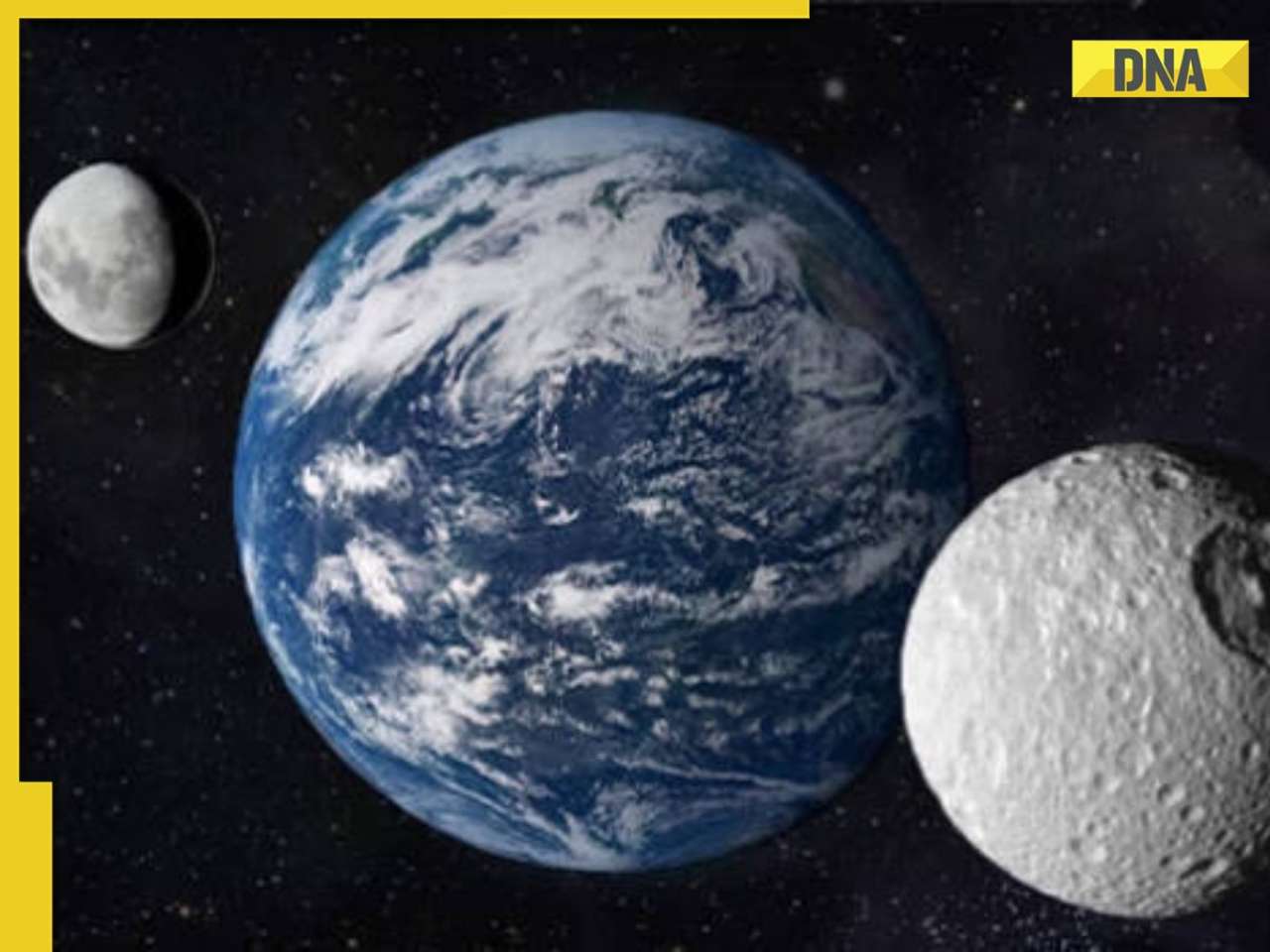
NASA’s latest discovery has suggested that Earth has another moon orbiting it for quite sometime. This moon, called a quasi-moon, cannot be seen with naked eyes. An interesting aspect of this moon is that it is not bound with the earth through gravitation.
When we talk about space, we usually focus on stars, skies, sun and the moon. These are the major elements of space studies with which general public is also aware of to some extent. According to the studies, moon has been in the space for the last 4.5 billion years. But contrary to the belief and studies showing till now, earth has two moons. This has been recently discovered by the US space agency, NASA, which according to it will remain with earth till 2038.
In a first of its reference, the experts at the Pan–STARRS observatory in Hawaii announced the existince of a ‘quasi–moon’, called ‘2025 PN7’, last month. They had described it as an asteroid that has been orbiting the Sun in a similar trajectory to our planet since the 1960s. The tag–along is just 19 metres (62ft) wide and is the ‘smallest and least stable’ of the six quasi–moons that have had Earth–like orbits. In describing it further, the experts also said that unlike moon, it cannot be seen with naked eyes but visible only through good telescopes.
It may be orbiting Earth, but the quasi-moon but will not be associated with the planet for long as it is not bound to it by the gravitation and will eventually move back into open space. The first discovery of a quasi–satellite took place in 1991 when the scientists discovered ‘1991 VG’, which was believed to be some kind of alien investigation. Since then, there have been various discoveries of quasi–satellites making scientists aware of them more deeply.
Now after the latest discovery, researchers said, “Over three decades later, it is now widely accepted that such objects are natural and constitute a secondary asteroid belt that occupies the region in which the Earth–moon system orbits around the sun.” According to the latest newest discovery of the quasi moon, another quasi–moon has been orbiting the earth longer than this one. Kamo’oalewa has an Earth–related orbit lasting around 381 years.
What are Quasi–moons?
They are part of a different category of space objects called Arjunas, that revolve in sync with our planet’s journey around the sun. 2025 PN7 has a wide range of distances from Earth – anywhere between around 2.8 million miles (4.5 million km) and 37 million miles (59 million km).
Co–author of the latest discovery, Carlos de la Fuente Marcos, from the Complutense University of Madrid, said in September that these quasi–moons in Earth–like orbits are ‘full of surprises’. This new quasi–moon is ‘small, faint and visibility windows from Earth are rather unfavourable, so it is not surprising that it went unnoticed for that long,’ he described.
The latest discovery was recently published in Research Notes of the AAS.
Disclaimer : This story is auto aggregated by a computer programme and has not been created or edited by DOWNTHENEWS. Publisher: dnaindia.com






